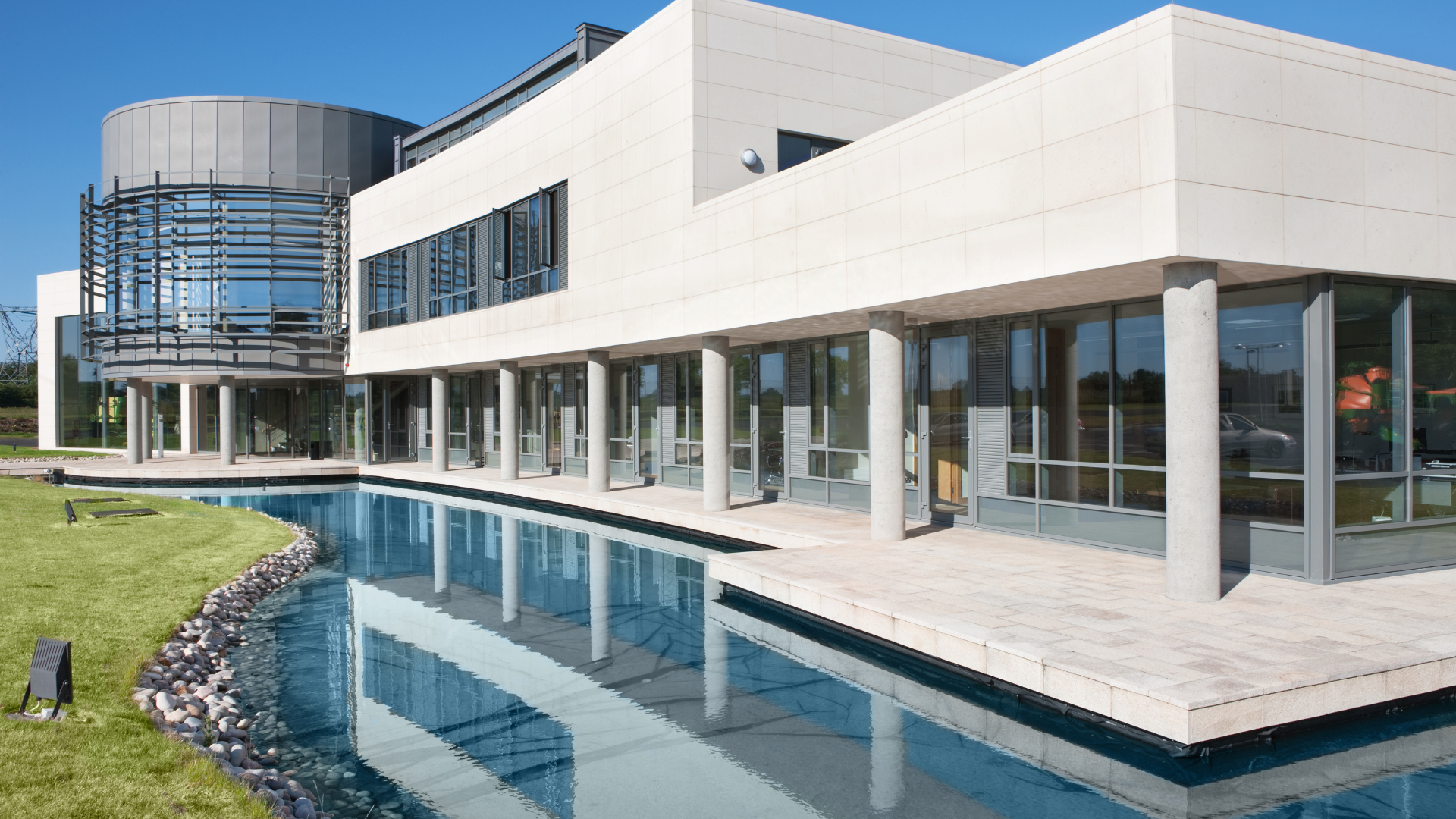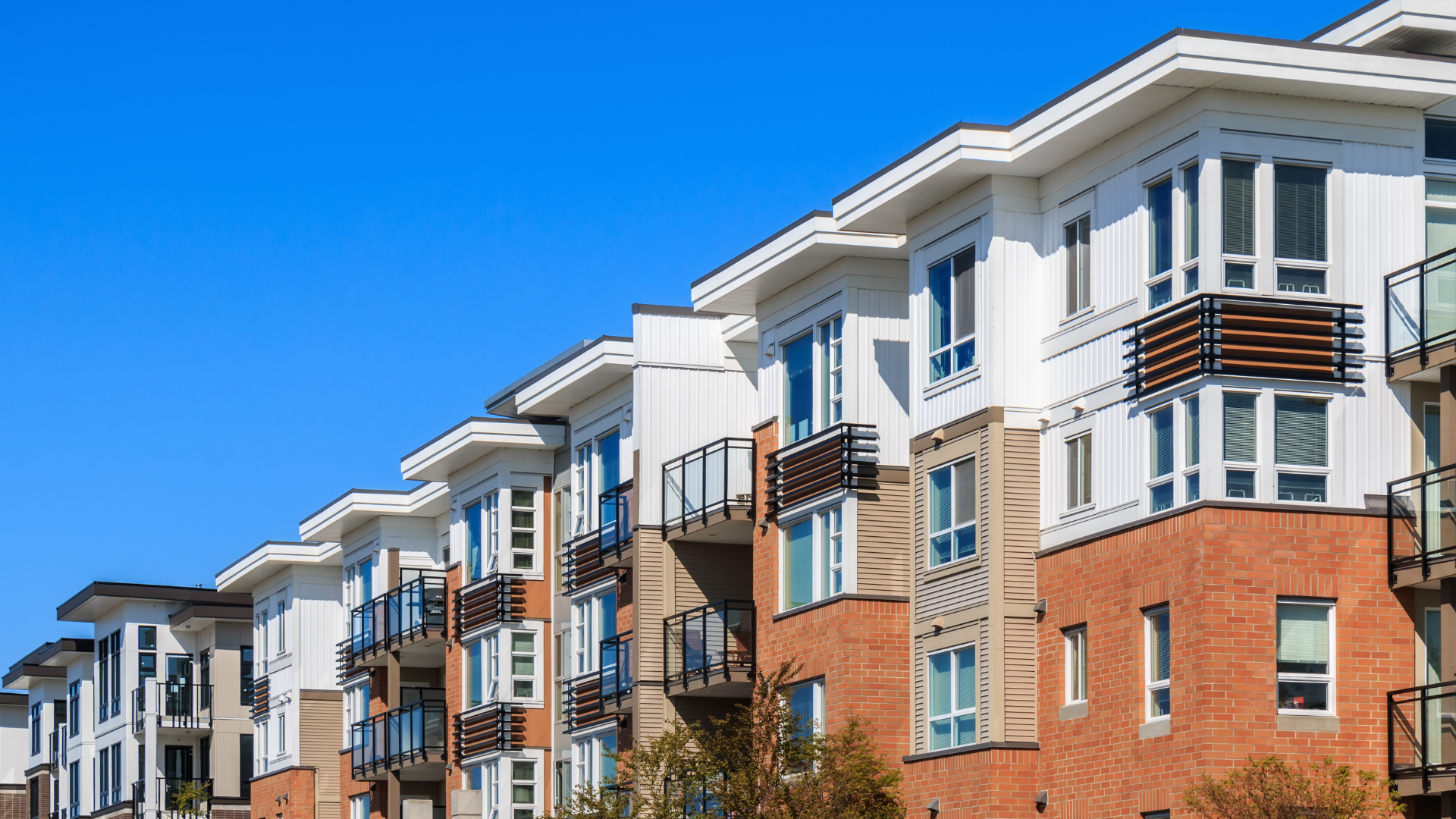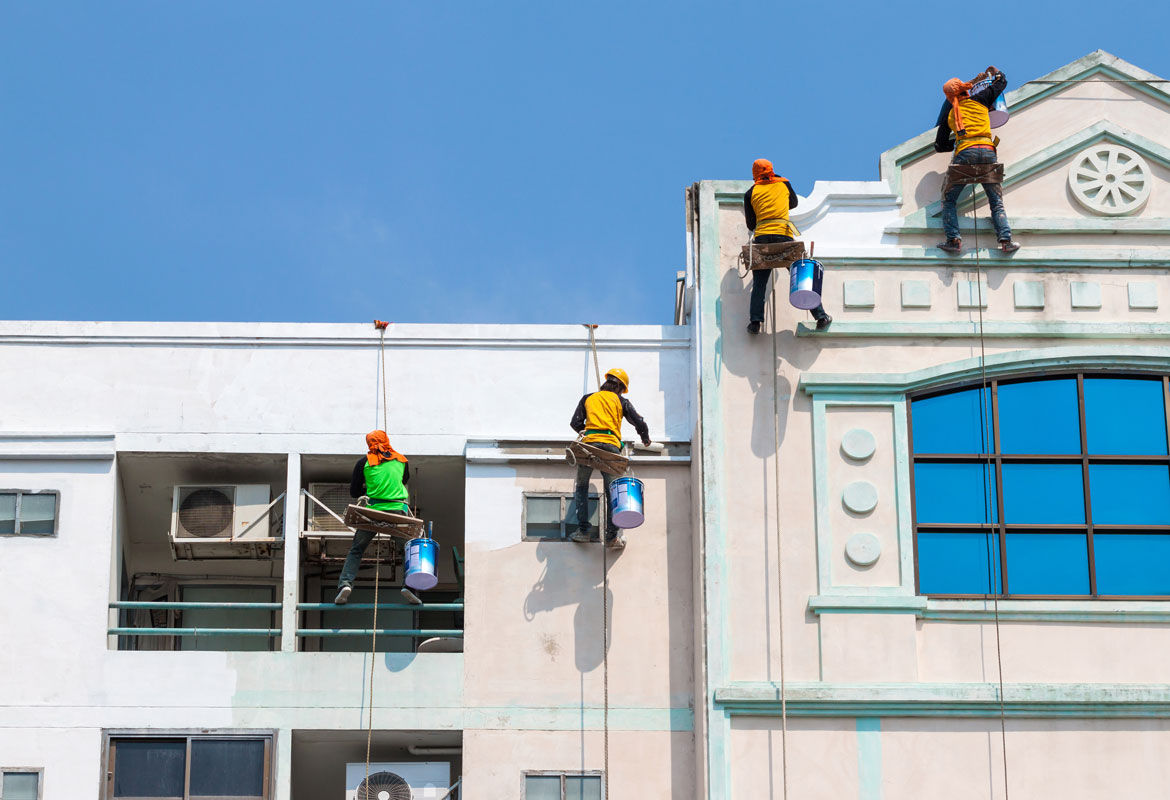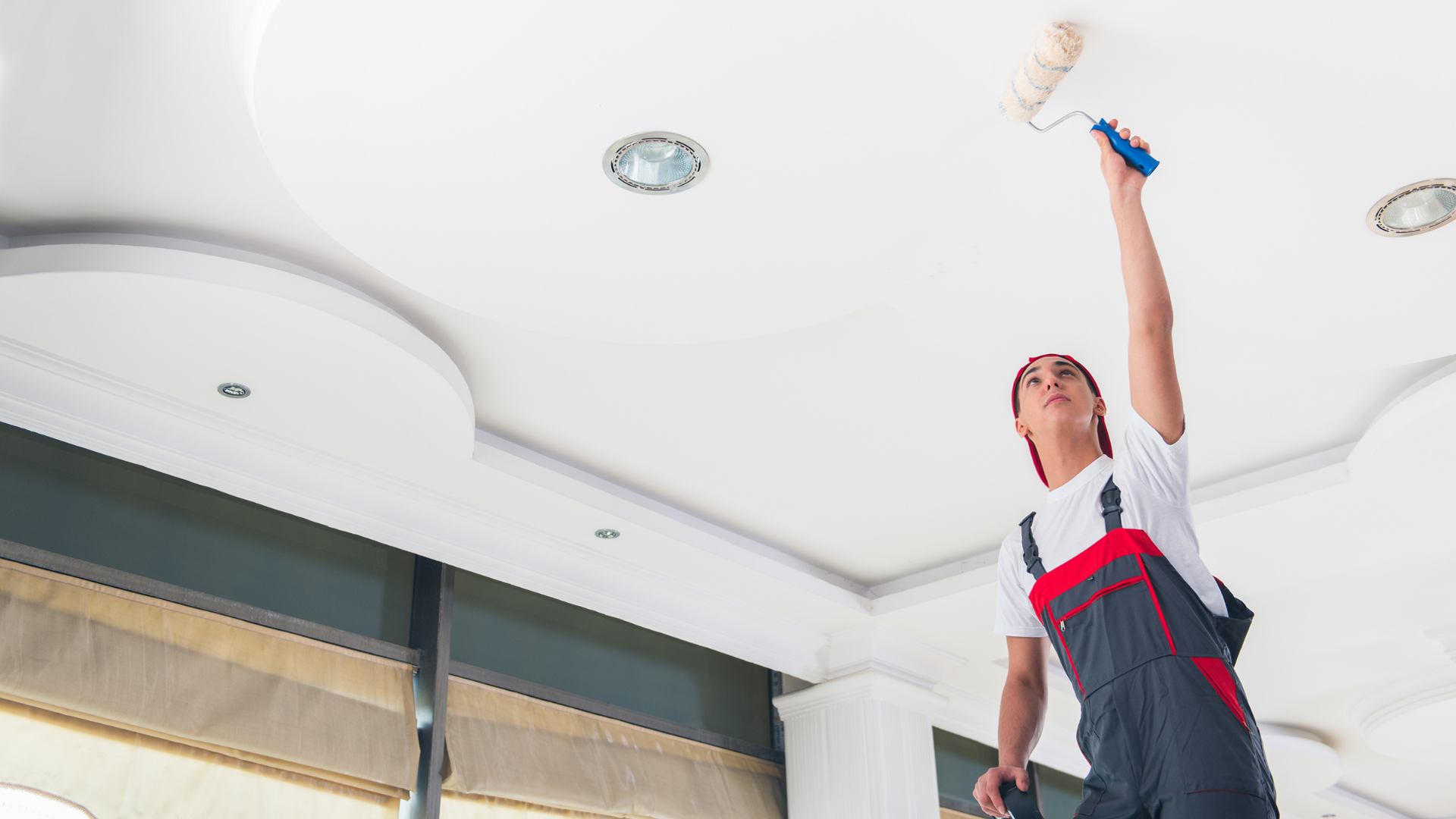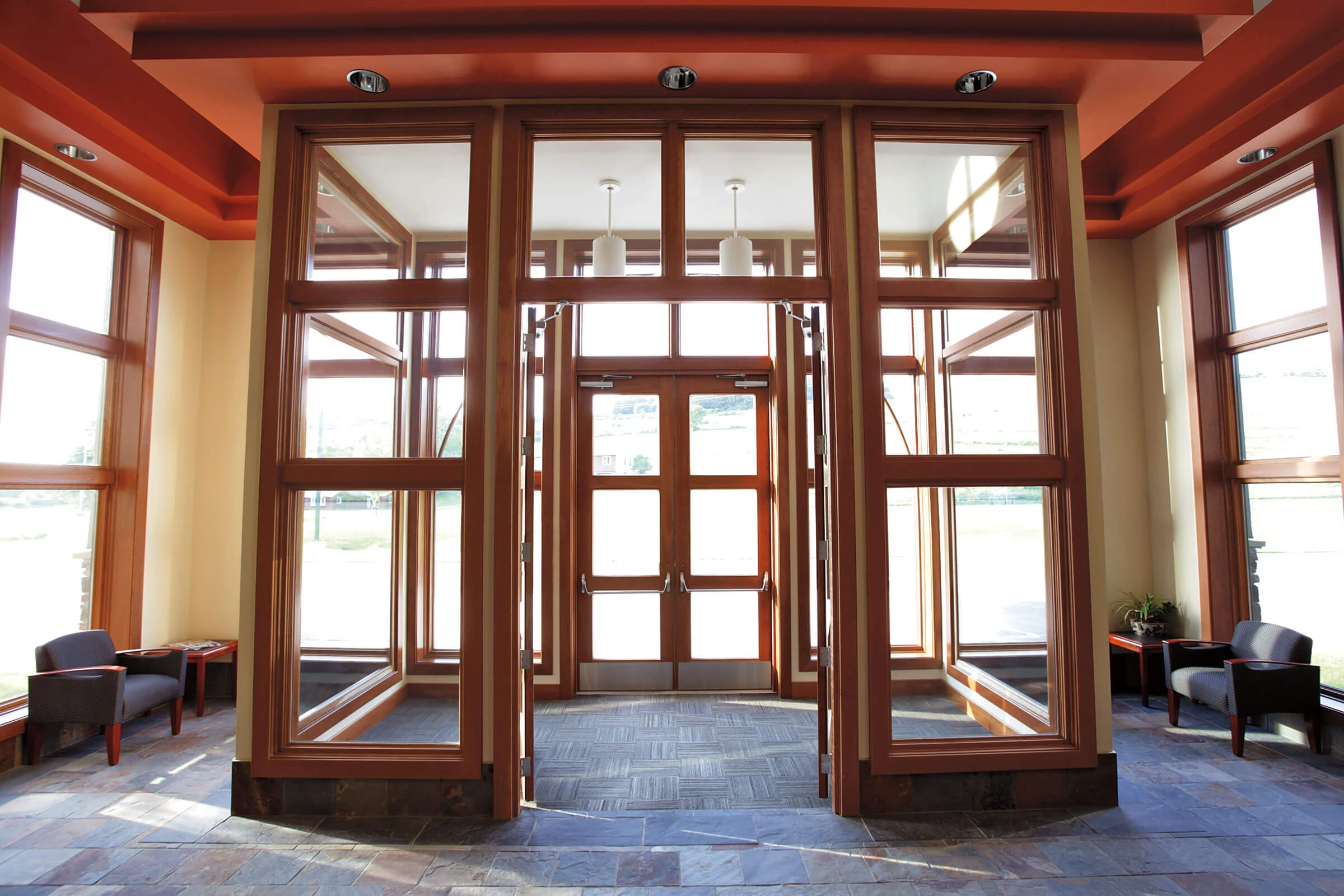Capital Improvements
Capital Improvements
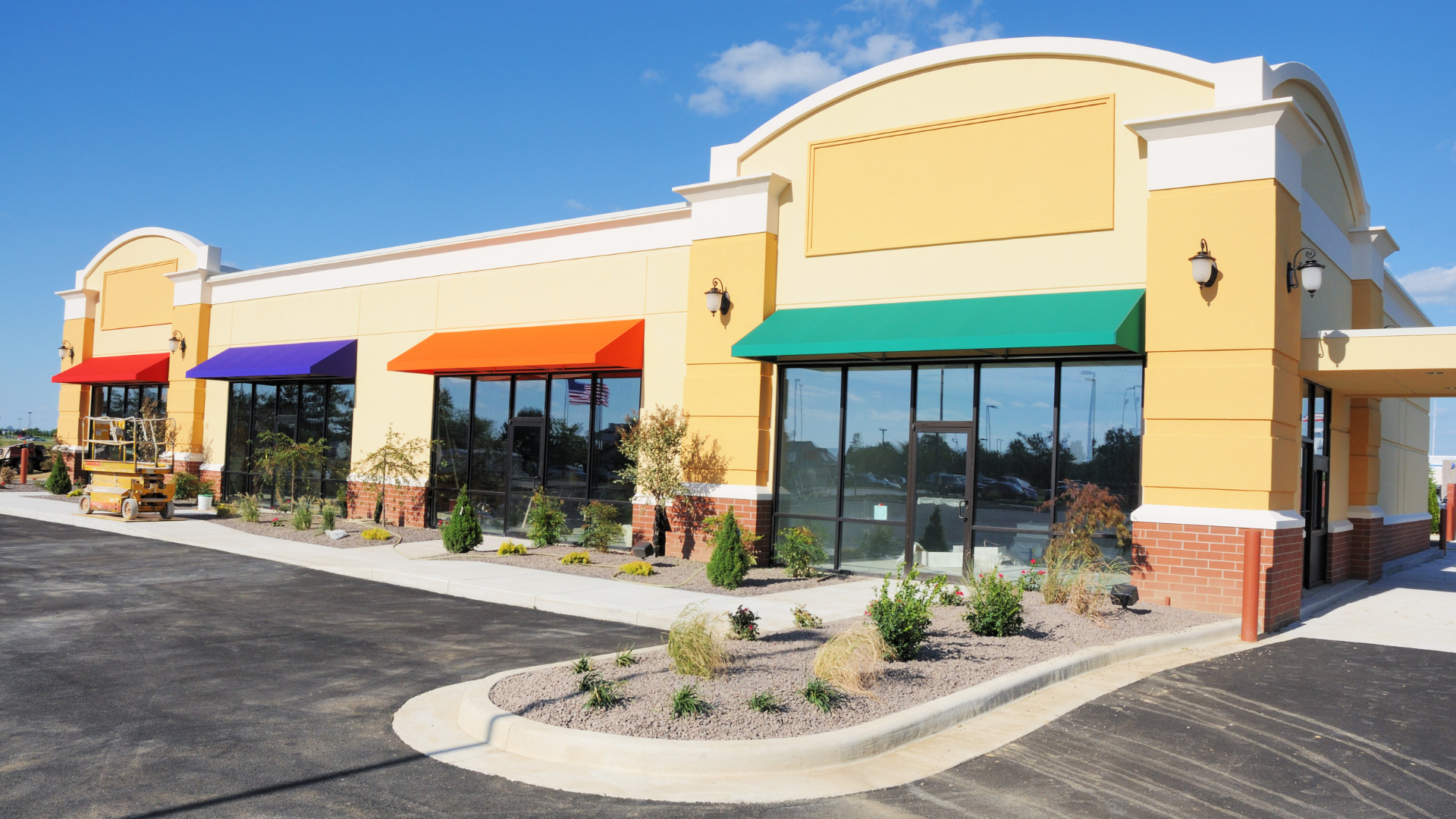
Capital Improvements
Have you ever bought a run-down property and turned it into a jewel? That’s what Capital Improvements feel like. But they’re not just about beauty; they offer more.
Capital improvements aren’t just new coats of paint or fixed leaky faucets. They’re significant changes that increase your property’s value, extend its life, or adapt it to new uses.
In this journey through the world of real estate upgrades, we’ll dig deeper into the heart of these transformations. We’ll unravel their impact on rental properties and tax implications – essential knowledge for every savvy investor!
Come along as we uncover strategies to maximize benefits while complying with tax laws during these projects. Ready for some insights?
Understanding Capital Improvements
Capital improvements, often called “capital expenditures,” are vital in real estate. They refer to any significant upgrades or renovations made to a property that enhances its value, prolongs its useful life, or adapts it for new uses.
The cost basis of an asset such as property is essentially the original purchase price plus any associated costs like closing fees and improvement expenses.
This figure is critical when calculating capital gains taxes during sale time.
An essential thing to remember about capital improvements is their permanency. Unlike minor repairs or decorations, which are temporary, these substantial changes must be fixed elements enhancing the building’s overall worth and desirability.
This definition of capital improvements might seem simple on paper but can get complex in practicality due to various factors influencing what constitutes a ‘significant’ upgrade.
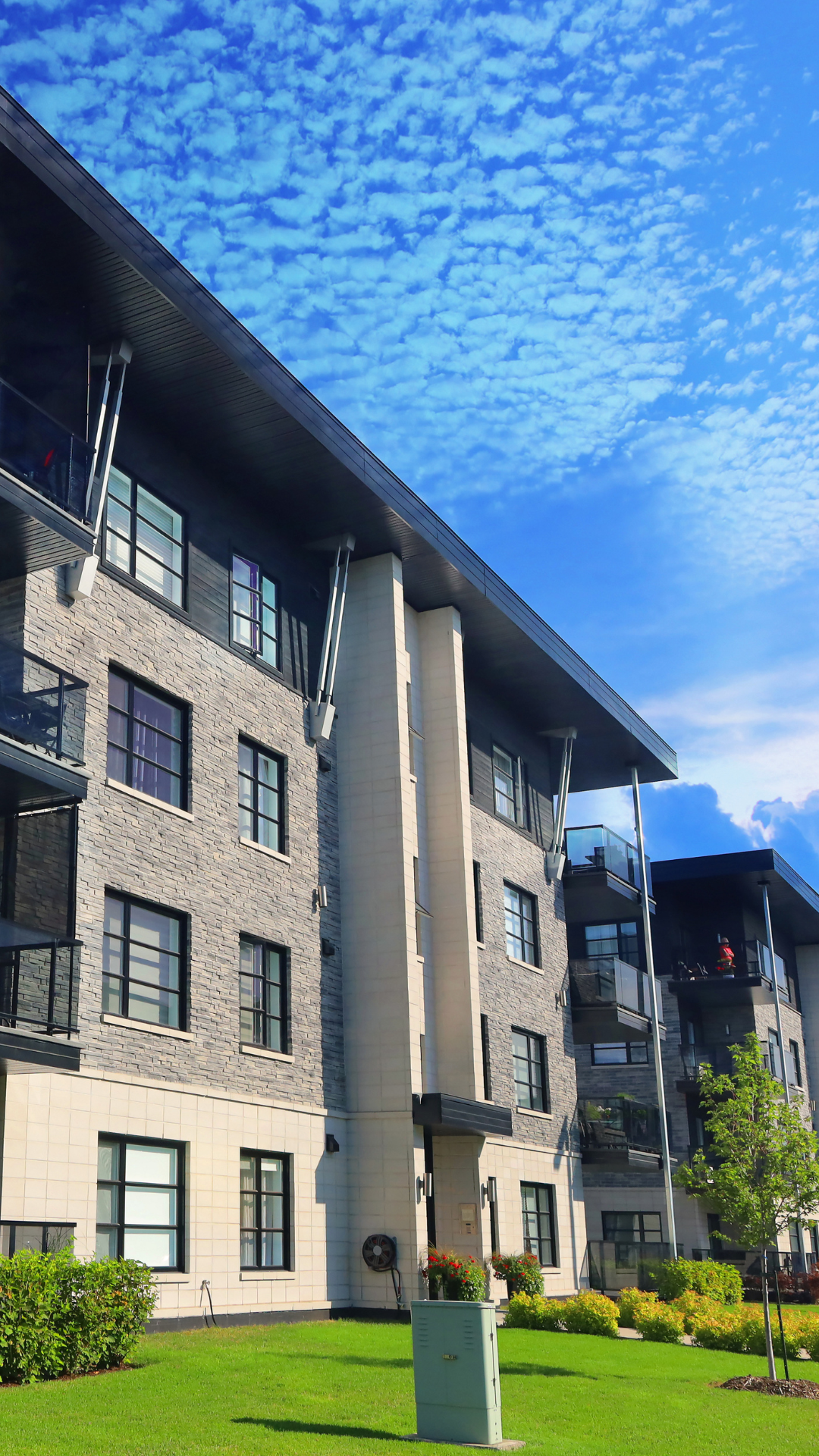
Tax Benefits of Capital Improvements
Capital improvements on properties, including commercial buildings, can offer significant tax benefits, which are essential for property owners and investors to understand:
- Depreciation: One of the primary tax benefits of capital improvements is the ability to depreciate the cost of these improvements over their useful life. Unlike regular maintenance expenses, typically deducted in the year they are incurred, capital improvements are considered enhancements that increase the property’s value, extend its life, or adapt it to new uses. According to IRS guidelines, these costs are capitalized and depreciated over several years. This depreciation can be a substantial tax deduction, spreading the expense across several years and reducing taxable income annually.
- Increased Property Value and Reduced Tax Rate: Capital improvements can increase the property’s overall value. While this might mean a higher property value for tax purposes, local tax jurisdictions may offer a reduced tax rate for improved or renovated properties, especially if the improvements align with specific energy efficiency or sustainability criteria.
- Energy Efficiency Tax Credits: For certain types of capital improvements, especially those that enhance energy efficiency, property owners may be eligible for specific tax credits. These credits can directly reduce the tax owed, not just the taxable income. Examples include solar panel installations, energy-efficient windows, and HVAC systems.
- Opportunity Zones and Special Depreciation: Investing in capital improvements in designated Opportunity Zones can offer additional tax benefits. These may include deferral of capital gains taxes and, in some cases, reductions in gains recognized for tax purposes if the investment is held for a certain period.
- 1031 Exchanges: While not a direct benefit of capital improvements, property owners who make significant improvements and then decide to sell can potentially defer capital gains taxes through a 1031 exchange. This provision allows the investor to reinvest the proceeds from a sale into another property and defer taxes on any gains, provided certain conditions are met.
- Bonus Depreciation: Under certain circumstances, property owners may be able to take advantage of bonus depreciation. This allows a more significant percentage of the cost of the improvement to be depreciated in the first year, providing a more substantial tax deduction upfront.
Property owners must consult with a tax professional to understand the specific implications and opportunities related to tax benefits of capital improvements, as tax laws can be complex and subject to change.
Enhancing Building Safety through Capital Improvements
Making your building safer is crucial, but how can capital improvements help? It might be easier than you expect. Regarding fire safety systems as capital improvements, the advantages are numerous.
Advanced smoke detectors and sprinkler systems could significantly reduce the risk of fires causing catastrophic damage. Remember that an effective fire alarm system isn’t just about having a loud siren; it needs to alert local authorities automatically so they can respond quickly.
National Fire Protection Association data shows that businesses lose billions annually due to fire incidents. Hence, investing in modern firefighting equipment will enhance safety and potentially save on repair costs or even total loss.
Accessibility-focused Capital Improvements
Making your commercial building more accessible is not just a legal requirement but also the right thing to do. It can be as simple as installing ramps or as complex as adding elevators.
Elevators and ramps are critical for enhancing accessibility through capital improvements. They guarantee that everyone, regardless of physical aptitude, can conveniently reach every area of the structure.
Ramps provide an easy way for people using wheelchairs to move around. But they’re not only useful for wheelchair users – parents with strollers and delivery personnel will appreciate them, too.
Elevators let folks who have difficulty climbing stairs reach higher floors without breaking a sweat. Remember: An elevator isn’t just a convenience feature; it’s often essential for some people.

Maintenance Expenses & Their Role in Capital Improvement Projects
Differentiating between maintenance expenses and capital improvements can seem confusing at first glance but understanding their roles is essential for intelligent financial planning.
Maintenance costs don’t add value to your property nor prolong its life; hence, they’re not tax-deductible. So if you replace broken windows or fix leaking pipes – sorry, there are no deductions here.
However, any repair-type work done during a larger renovation project falls under capital improvement costs and can be deducted, according to IRS guidelines.
This makes sense because such projects increase your property’s longevity and overall worth.
To keep everything clear-cut with Uncle Sam come tax season, meticulous record-keeping is vital for all repairs versus property upgrades. Remember: Knowledge isn’t just power—it’s also potential savings.

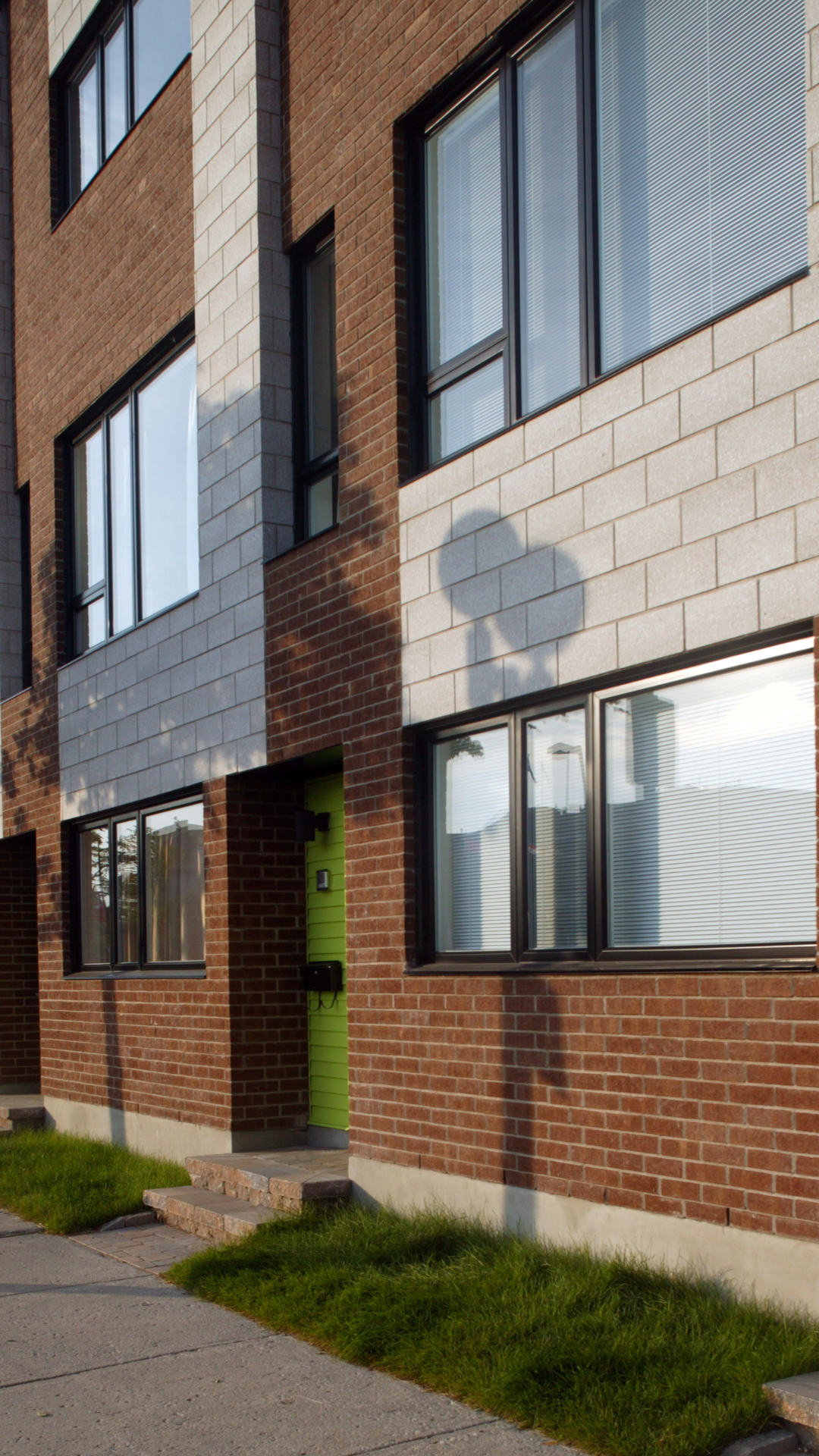
Upgrading Windows and Doors
Windows and doors let in light, allow for fresh air, and provide views of the outside world, but they also serve as critical points for energy loss.
Windows plays a massive part in capital improvements because they enhance energy efficiency. Old or poorly installed windows can leak heat during winter months while letting in hot air during summer. Upgraded double-pane windows with proper insulation significantly reduce these problems, reducing utility bills over time.
The same logic applies to doors, too. High-quality exterior doors provide better insulation than older models. So, swapping out an old door could mean less strain on your HVAC system due to fewer drafts entering the building.
Beyond energy savings is security; modern window upgrades often come equipped with enhanced locking mechanisms that help protect against break-ins – another vital aspect when considering capital improvements.
Savings from Energy-Efficient Window Upgrades
- An estimated 25%–30% of residential heating and cooling use is due to heat gain and loss through windows.
- Newer double-pane glass has almost twice the insulating value compared to single pane glass which can save you up $465 annually according to their calculations at Energy.Gov.
To sum it all up: A good look isn’t just about curb appeal—it’s also about dollars saved.
Compliance with Tax Laws & Regulations
Navigating tax laws during capital improvement projects can be tricky—no need to tackle this alone, though. Consulting tax professionals for capital improvements is a wise move.
The IRS isn’t as daunting as it seems when you understand the game’s rules. For instance, did you know capital improvements can be deducted from capital gains taxes when selling a building? This could significantly reduce your tax burden.
Deductible expenses aren’t just any cost; they must meet specific criteria outlined by our friends at the IRS. The expense must last over a year and either add value, prolong helpful life, or adapt your property to new uses.
Say goodbye to late-night stress about compliance with these simple tips:
- Document Everything: Receipts are your best friend if Uncle Sam asks questions later.
- Hire Professionals: An experienced CPA knows how to navigate complex Tax Laws Compliance in Capital Improvement Projects efficiently and effectively – so use their expertise.
- Prioritize Long-term Investments: Aim for renovations that increase value or extend lifespan – like adding an energy-efficient HVAC system.
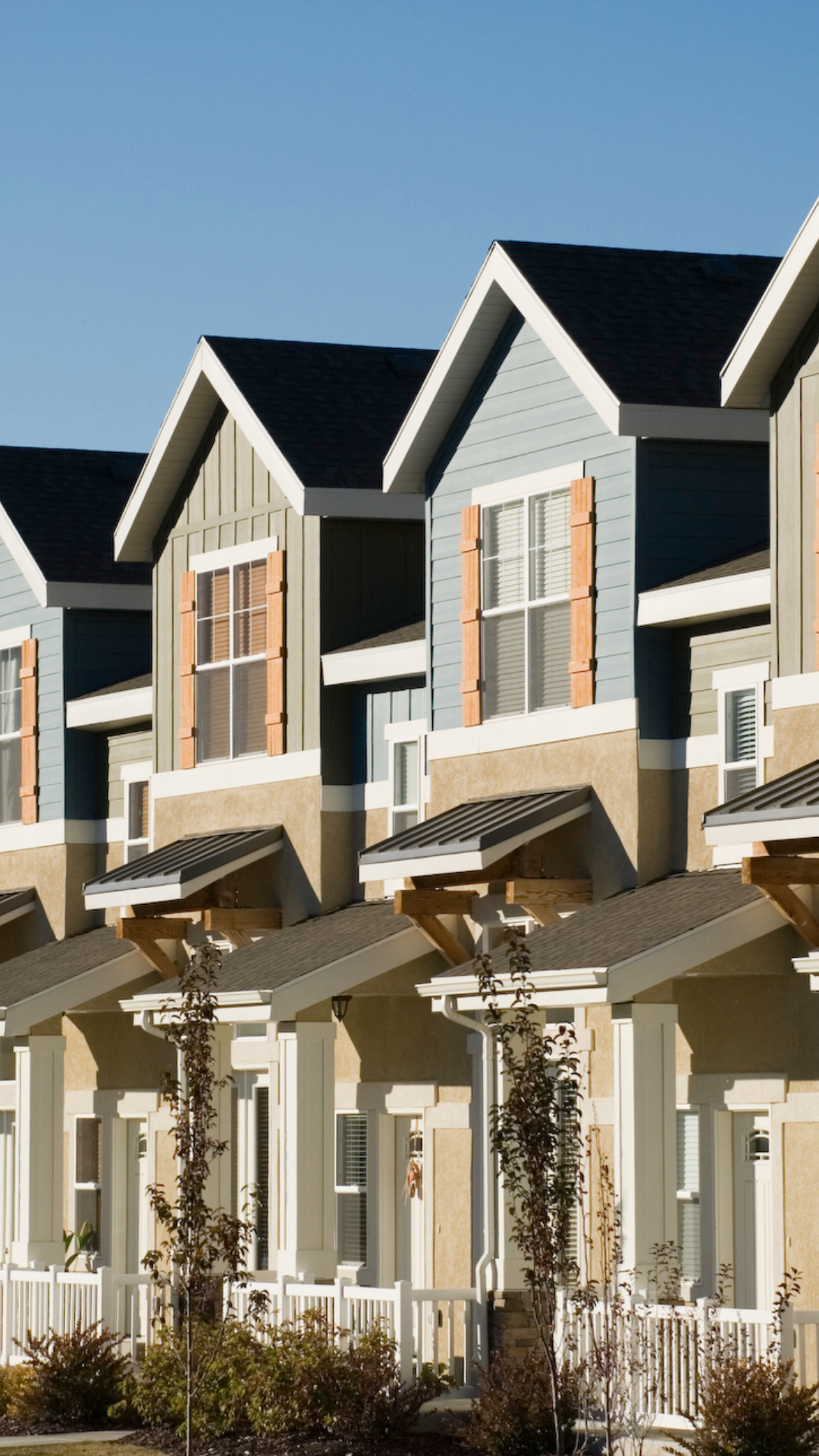
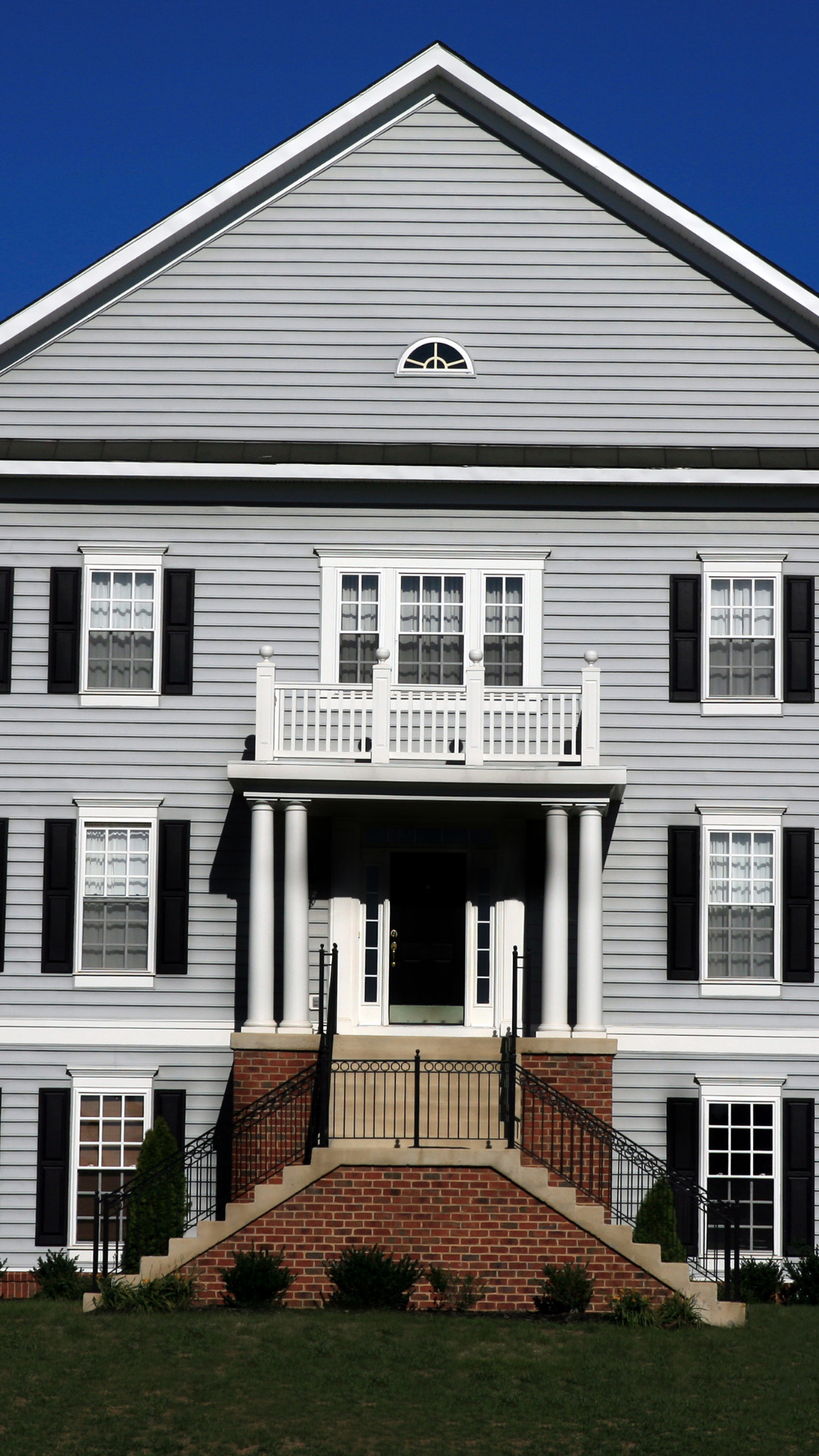
Siding Replacement and Maintenance
Regarding capital improvement projects, a critical aspect often overlooked is the condition of building siding. An overcoat protects you from harsh weather, and your building’s siding shields against nature’s elements.
Evaluating building siding conditions can reveal problems that need immediate attention. For instance, warped or rotted boards indicate water damage and may require replacement rather than repair.
There are various siding replacement options for capital improvement projects available today. From vinyl and wood to fiber cement and metal siding – each offers unique benefits in terms of durability, maintenance needs, aesthetic appeal, and cost-effectiveness.
- Vinyl: It’s affordable and low maintenance but not as durable.
- Wood: Offers natural beauty but requires more upkeep.
- Fiber Cement: Mimics other materials while resisting rotting & pests but is heavier on the pocketbook.
- Metal: Long-lasting with minimal care needed; however, it might not be everyone’s aesthetic cup of tea.
FAQs in Relation to Capital Improvements
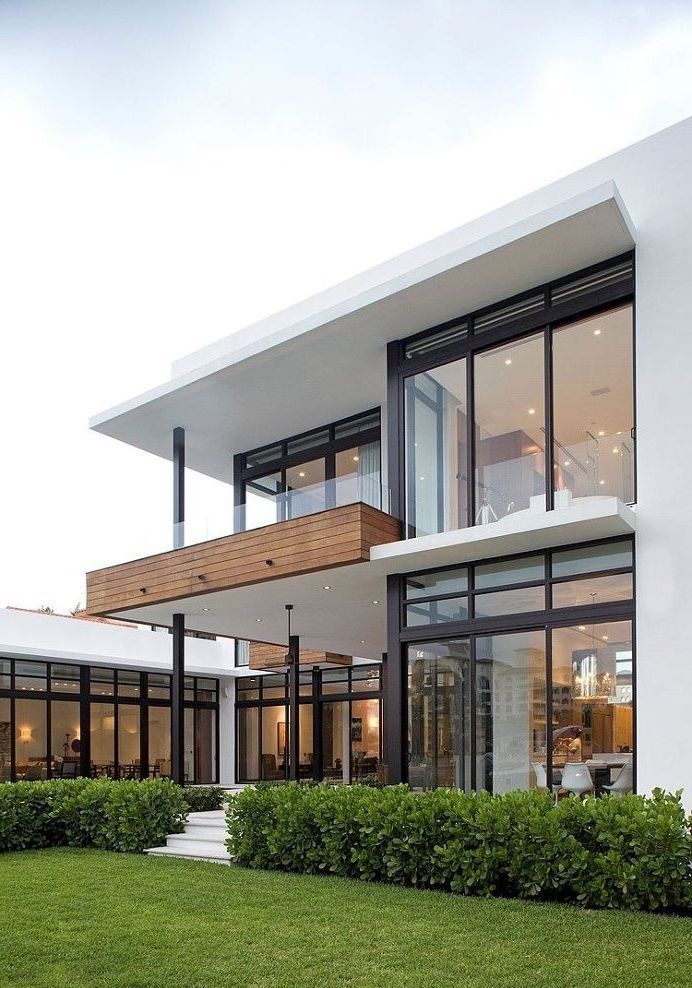
Why Capital Improvements
Capital improvements are your ticket to increasing property value and unlocking tax benefits. They’re more than a fresh coat of paint or a fixed faucet.
They tackle significant issues like water intrusion, aging windows and doors, worn-out siding, outdated kitchens, and bathrooms. These upgrades can turn an average rental into prime real estate.
You’ve learned how capital improvements differ from routine maintenance tasks – crucial for understanding their tax implications.
We explored various strategies to balance the costs with potential income boosts in rental properties. And we underlined staying compliant with tax laws during these projects as non-negotiables!
A well-planned capital improvement project is not just an aesthetic boost – it’s strategic investing at its finest!
Let’s work together

